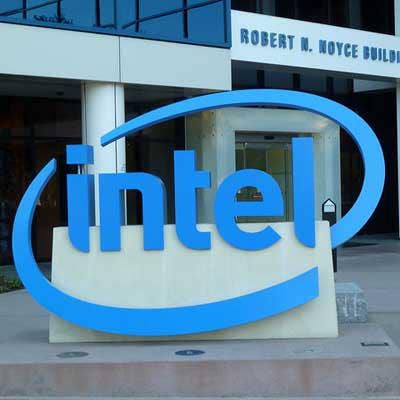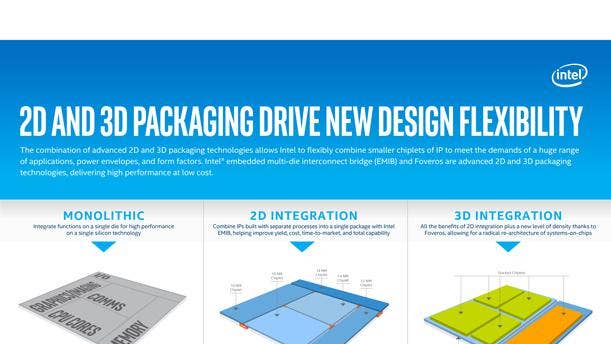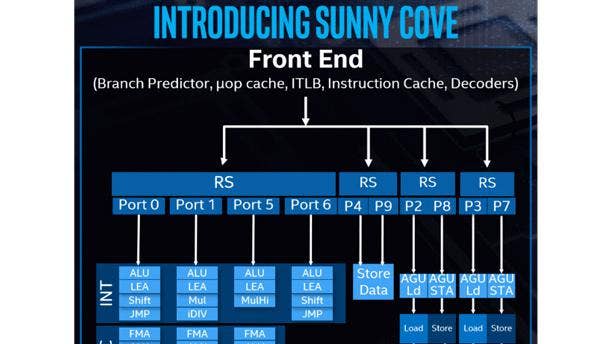Intel’s Roadmap and Future Products: 5 Things Partners Should Know
Intel partners should pay attention to the company's new announcements, especially its new 3D chip packaging and API software technologies, because of the new opportunities they will create for resellers, an analyst tells CRN.

New Game-Changing Tech From Intel
Intel this week made some big revelations about its future technology roadmap and upcoming products, including what partners should expect in Intel's next-generation 10-nanometer CPUs next year.
The Santa Clara, Calif.-based company's announcements, which occurred during the Intel Architecture Day on Tuesday, included a look at a new method for making chips in the future, new integrated graphics technology, a new CPU architecture and the company's new technical strategy.
Here are five things Intel partners should know about the recent announcements.

3D Stacking Tech Changes Chipmaking Game
Perhaps one of the most consequential announcements for Intel's future was a new 3D chip packaging technology called Foveros that will change the way Intel chips are made in the future by combining high-performance, high-density and low-power silicon process technologies.
Patrick Moorhead, president and principle analyst for Moor Insights and Strategy, said Foveros is the first time he's seen the technology, which evolves chips from a monolithic integrated circuit design to a multi-layer chips that can stack logic chips (i.e. CPUs, GPUs, etc.) on top of each for the first time.
"People have put memory on top of logic, but nobody has ever put logic on top of logic," he said.
Intel said Foveros will give chip designers the ability to create new kinds of chips that "mix and match" technology IP blocks with various memory and I/O elements. Moorhead said this will open up new mass customization opportunities for Intel, which, in turn, means new opportunities for channel partners to provide customers with hardware that is more workload-specific.

'One API' Creates New Software Opportunities
Another major Intel announcement, according to Moorhead, was a new suite of software tools called One API, which will enable developers to accelerate software performance by mapping the software to specific hardware, such as a CPU, GPU or AI accelerator.
Moorhead said One API, which he calls "magic API," will create a new opportunity for channel partners to "re-roll software" with customers.
"You better start getting really familiar with Intel's new One API tools to be able to take advantage of the hardware when it comes in," he said. "It's getting very workload-specific."

New Sunny Cove CPU Architecture, Plus New Roadmap
Intel also revealed that its next-generation Xeon server and Core client CPUs coming out next year will be based on the new Sunny Cove microarchitecture, which increases "performance per clock and power efficiency for general purpose computing tasks" over previous generations.
Sunny Cove, which will be based on Intel's 10nm process technology, can also accelerate special purpose computing tasks such as artificial intelligence and cryptography. Other features include new algorithms that reduce latency, expanded key buffers and caches for handling data-intensive workloads and "architectural extensions for specific use cases and algorithms."
According to AnandTech, Intel disclosed a new plan for the company's Core CPU roadmap, which also included a preview of the company's future Atom CPU release schedule. After the Sunny Cove Core CPU and Tremont Atom CPU come out in 2019, the Willow Cove Core CPU will follow in 2020 with a cache redesign, as well as new transistor optimization and security features. Then in 2021, Intel will release the Golden Cove Core CPU and Gracemont Atom CPU.

Gen11 Integrated Graphics Reach 1 Teraflop
On top of the new microarchitecture reveal, Intel announced its next-generation integrated graphics technology that is designed to reach past the 1 teraflop barrier.
Intel Gen11 integrated graphics, which will ship with Intel's 10nm CPus next year, features 64 enhanced execution units, which is more than double the previous generation. It will also double the computing performance-per-clock. The company said this, along with its new frame-smoothing Adaptive Sync technology, will improve the ability to play computer games using integrated graphics.
Gen11 will also come with an advanced media encoder and decoder, as well as support 4K video streaming and 8K content creation "in constrained power envelopes."

Intel Tries Out A New Technical Strategy
Intel's new announcements were based on a new technical strategy that is built around six foundational building blocks: process, architecture, memory, interconnect, security and software.
"We have a bold engineering vision over the next five years to deliver 10 petaflops of compute and 10 petabytes of data within 10 milliseconds to every person in the world," said Raja Koduri (pictured), the AMD veteran who now leads Intel's Core and Visual Computing Group. "We believe these six technology pillars are the key enablers for us to drive the needed product innovation to achieve this."
Moorhead said Intel's Architecture Day event changed his perspective of Intel's competitiveness, especially as companies like AMD and Arm make progress with their own products. But the semiconductor giant still needs to prove whether these new technologies can truly change the market.
"There's a lot of execution to go," he said.